Loading component...
At a glance
By Adam Turner
An ergonomic workspace is designed to encourage correct posture, to avoid a stiff neck and shoulders, a sore back and aching wrists, as well as more permanent injuries.
There's much more to ergonomically-sound posture than simply sitting up straight, which is why moving with a laptop from the couch to the dining table is not enough.
Dining chairs are typically too low relative to the table, which is why it is best to invest in an adjustable desk and office chair with good back support. If there’s no space at home for a desk, sitting in an adjustable office chair at the dining table still helps to improve posture.
Good posture requires elbows level with the tabletop, to ensure they bend at 90 degrees and wrists remain straight when reaching for the keyboard.
Feet should sit flat on the floor, with knees level with the hips. If that's not possible, consider a footrest.
Whether sitting or standing at a desk, good posture also requires the top of the monitor to sit at eye level, to avoid neck strain from looking down.
Connecting a laptop to an external monitor with an adjustable stand helps reduce neck strain. A docking station makes it easier to connect a monitor, keyboard, mouse and other accessories with a single cable.
If there is no space for a monitor, a laptop stand can elevate the display, perhaps accompanied by an external keyboard and mouse.
To reduce eye strain, ensure adequate lighting, avoiding reflections and glare on the screen. Sitting perpendicular to windows is best, to avoid glare from behind or bright sunlight directly ahead.
Here are five options for creating an ergonomic home office set-up.
1. Steelcase gesture office chair
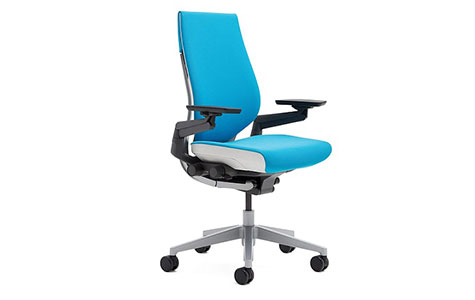
The Steelcase Gesture's back flexes and contours to your back as you move, supporting the spine in its natural S-shape.
The chair features a firm yet comfortable cushion, with the ability to adjust the height and depth of the seat as well as the height and angle of the armrests.
2. Belkin Universal USB-C 11-in-1 Pro Dock
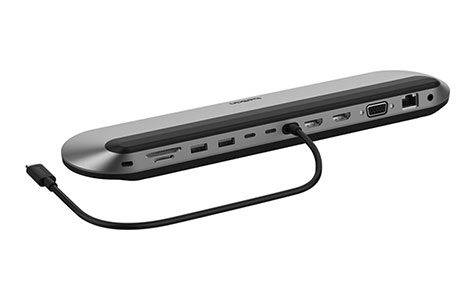
The Belkin Universal USB-C 11-in-1 Pro Dock easily connects a laptop to everything on the desk with a single cable.
The dock is compatible with Windows, Mac and Chromebook — supplying power to a laptop via USB-C. It supports up to three external monitors, with HDMI, VGA, USB-A, USB-C, SD, ethernet and audio connectors.
3. Dell 27 USB-C hub monitor P2725HE
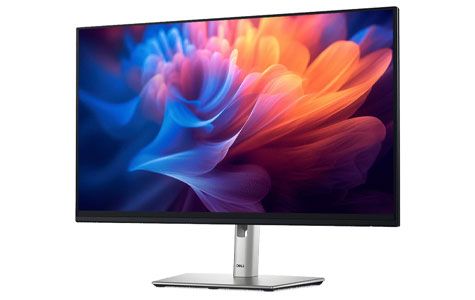
The 27-inch Dell P2725HE is large enough to work on two A4 documents side-by-side with room to spare. It can tilt, swivel, pivot and raise the height of the screen to create an ergonomic workspace.
Along with supplying power to a laptop via USB-C, the monitor can also act as a docking station thanks to built-in USB-A and USB-C ports.
4. Ergotron LX desk monitor arm
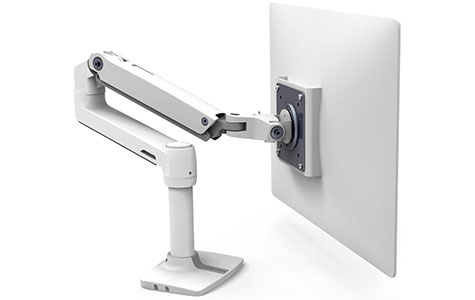
The Ergotron LX monitor arm makes it easy to adjust the height and orientation of any monitor.
It clamps securely to the desk and supports up to 34-inch displays, with an 11.3 kg maximum capacity.
5. Bonelk elevate laptop stand
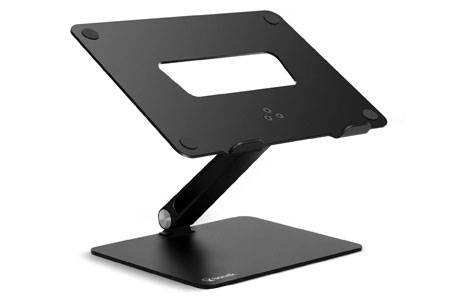
When an external monitor isn't practical, the Bonelk Elevate suits laptops sized from 11 to 17 inches and raises the height of the laptop from 56-215 mm.
Two hinges allow the perfect viewing angle, while also folding down flat for easy transportation.

